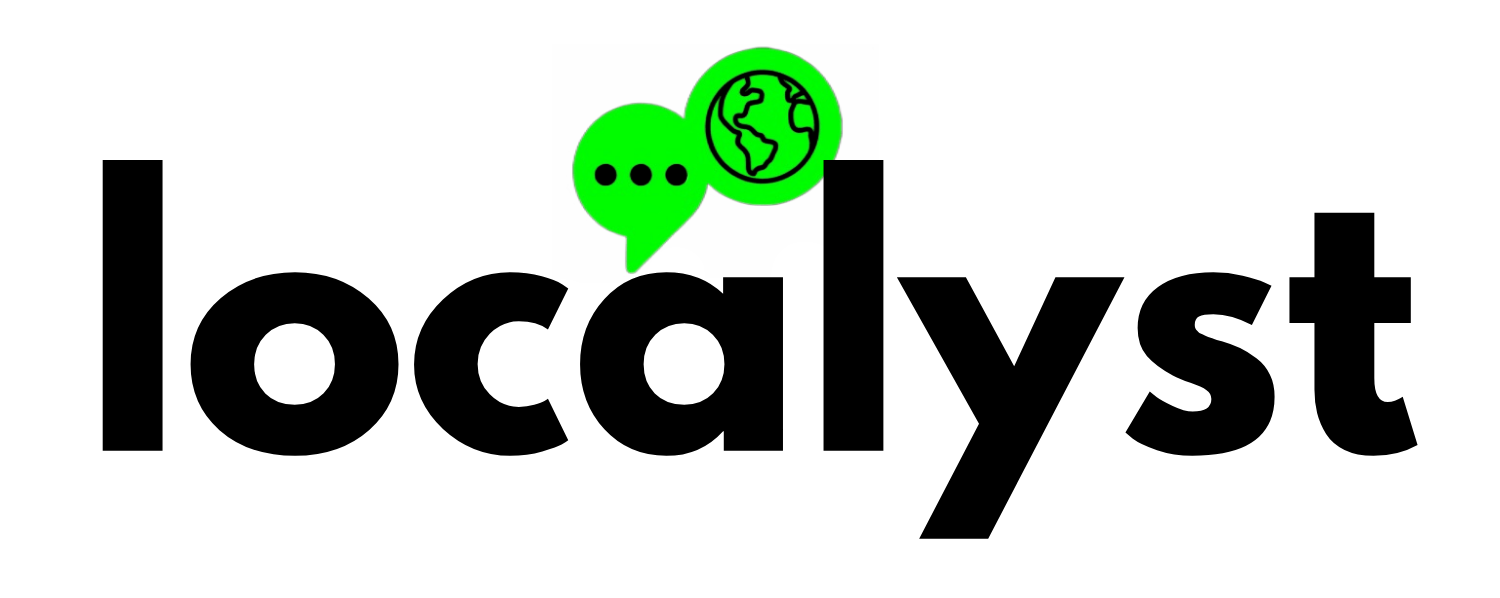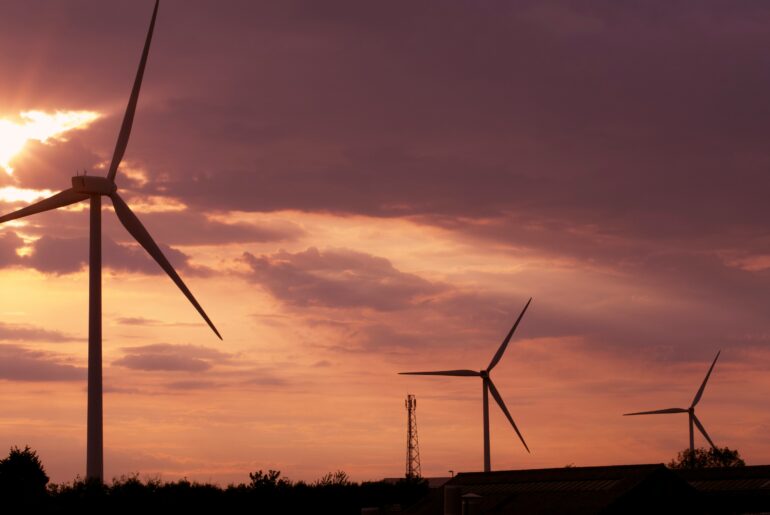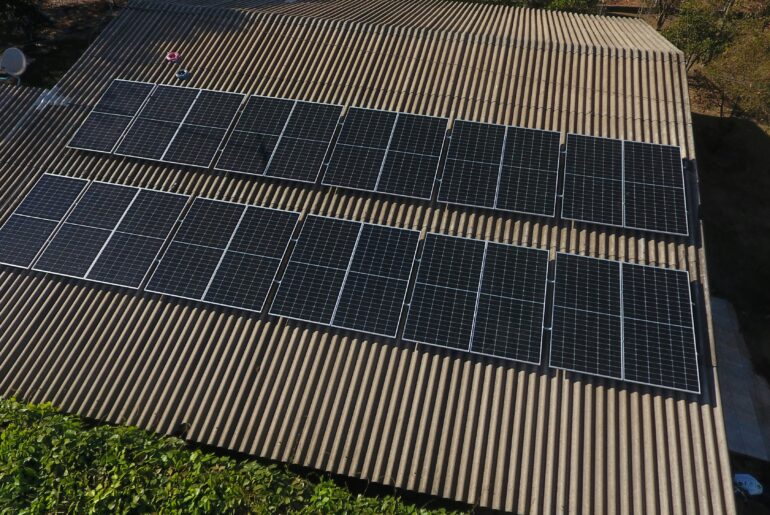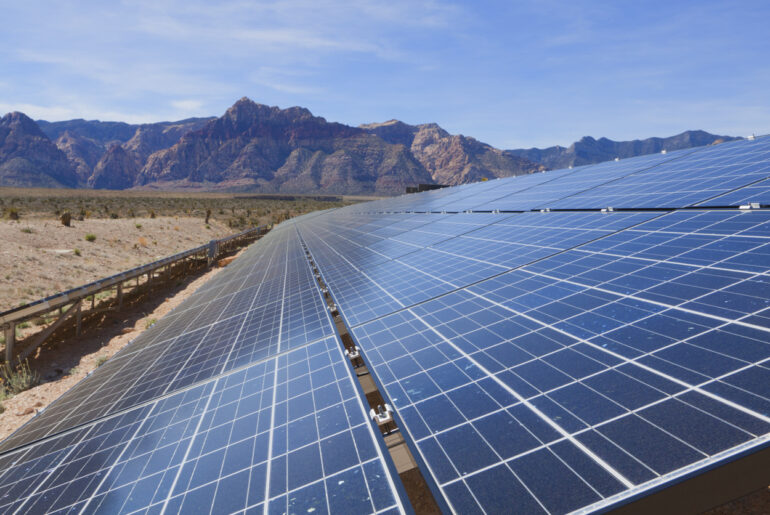Wyoming – Living off the grid is becoming a new lifestyle choice with people seeking it for a variety of reasons, ranging from reducing monthly electricity bills to becoming more independent and resilient against blackouts and brownouts. Wyoming resident Jill Winger hosts a podcast all about living the prairie life and how she got started generating her own electricity for her home.
“If you generate your own electricity, it doesn’t have to mean that you are cutting yourself off from the rest of the world. It is simply allowing you some independence and freedom from modern systems. You will be gaining control of how your electricity is produced and where you would like to apply it,” said Winger in her blog The Prairie Homestead.
In her blog, Winger lists three ways you can generate your own electricity for everyday home life and how to go about doing it: solar, wind, and micro-hydropower. Solar power transforms sunlight into energy for heating or electricity. Wind power involves using a wind turbine to produce electricity. Wind turbines are considered one of the more straightforward methods for generating electricity on your own. Finally, a micro-hydro system generates electricity by harnessing the energy from flowing water, such as a stream. The movement of water drives a turbine linked to a generator, which then produces electricity.
It’s important to note that alternative electricity sources depend on natural forces like the sun, wind, and water. These elements are beyond our control and may not always be available. To ensure a consistent energy supply, keeping a backup generator is one good idea. Maintaining your capacity to tap into the grid when you need it is another. Also, when deciding which method will work for your home, consider the natural elements around you to best determine which is best for you. If your area generates more sun go for solar power, or if you live in a windy area consider wind power and vice versa.
Winger also mentions consulting your local community for guidance. Fellow homesteaders and farmers in your area may offer insights on the most effective practices locally, and recommend where to source supplies or hire local services for setting up off-grid electricity.
Also keep in mind: the upfront cost of generating your own electricity. If you’ve thoroughly researched and selected a suitable method, transitioning your home to off-the-grid electricity can be a worthwhile investment. One way to potentially offset some of the costs is with government programs or grants that vary by your location. According to Winger’s blog, “After the initial cost is taken care of, and everything has been done right, generating your own electricity should pay for itself.” Whatever your reasons are, becoming energy independent is a significant investment, but one with clear and tangible long-term benefits.




